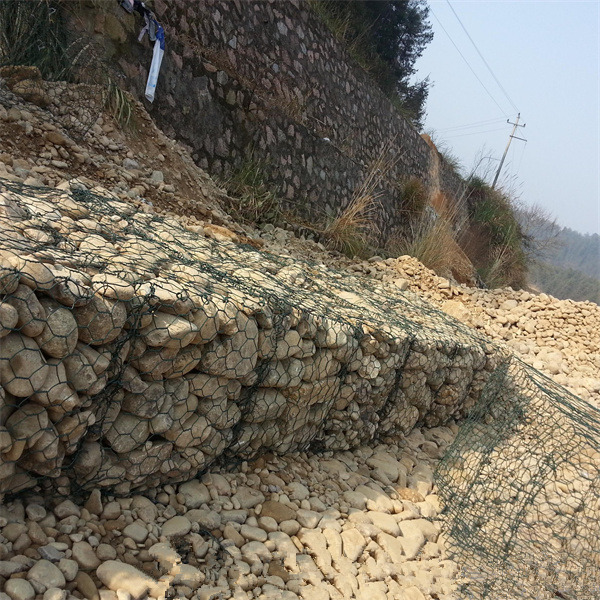اگست . 10, 2024 18:35 Back to list
Detailed CAD Design of Gabion Wall for Efficient Construction and Stability Solutions
Understanding Gabion Wall Details for Effective Design and Manufacturing
Gabion walls have gained significant popularity in the fields of civil engineering and landscaping due to their durability, versatility, and aesthetic appeal. These structures consist of wire mesh cages filled with stones, gravel, or other materials, creating a strong barrier that can withstand environmental forces such as soil erosion, water flow, and even seismic activity. In this article, we will explore the details of gabion wall manufacturing, emphasizing the importance of precision design and quality materials.
What is a Gabion Wall?
A gabion wall is essentially a retaining or protective wall made up of stacked wire mesh containers filled with rocks or other solid materials. The use of gabions dates back centuries, but modern applications have transformed their design and use. These walls can serve various purposes, including erosion control, slope stabilization, and decorative landscaping features.
Design Considerations
When designing a gabion wall, several critical factors must be taken into account. First, the purpose of the wall will dictate its dimensions, material composition, and structural requirements. For instance, a gabion wall built to retain soil will need to be considerably more robust than one used purely for aesthetic appeal.
1. Size and Shape The dimensions of the gabion units (cages) are crucial. Standard sizes may vary, but common dimensions range from 1 meter to 2 meters in length and 0.5 to 1 meter in height. The shape of the stones also plays a role; angular stones interlock better than rounded ones, providing greater stability.
2. Material Selection The choice of materials for both the wire mesh and the infill is paramount. Galvanized steel wire is commonly used for the cage to enhance resistance against corrosion, which is vital for longevity, especially in harsh environments. The fill materials can include natural stone, recycled concrete, or even brick, depending on availability and project requirements.
3. Drainage Proper drainage systems must be integrated into the gabion wall design to prevent water buildup, which can lead to structural failure. Incorporating perforated pipes or opening the base of the wall allows for effective water flow management.
gabion wall detail dwg manufacturer

Manufacturing Process
The manufacturing of gabion walls typically follows a systematic approach
1. Fabrication of Wire Mesh The first step involves cutting and welding the wire mesh into the desired dimensions. High-quality welding techniques are essential to ensure that the unit can withstand both tensile and compressive forces.
2. Filling the Gabion Cages Once the cages are constructed, they are filled with the selected material. This step requires careful placement to maintain structural integrity and ensure uniform weight distribution.
3. Assembly After filling, the gabion units are assembled and positioned as per the design specifications. Depending on the project scale, this might involve the use of machinery for heavy units.
Quality Control
Quality control is essential throughout the gabion wall manufacturing process. Regular inspections should take place to assess the materials used, the welding quality of the wire mesh, and the fill material's consistency. By employing rigorous quality standards, manufacturers can ensure that the gabion walls they produce are safe, reliable, and durable.
Conclusion
Gabion walls represent an effective solution for numerous environmental and structural challenges. Understanding the details of gabion wall design and manufacturing enables engineers and landscapers to leverage their unique properties effectively. As a sustainable and aesthetically pleasing alternative to traditional retaining walls, gabion walls not only enhance the functionality of landscapes but also integrate harmoniously into the natural environment. As the construction industry grows increasingly focused on sustainability, gabion wall applications are likely to continue their expansion, providing innovative solutions in both urban and rural settings.
-
Versatility of Chain Link Fence Gabion
NewsMay.13,2025
-
Trusted Gabion Box Suppliers
NewsMay.13,2025
-
PVC Coated Gabion for Long-Lasting Structural Integrity
NewsMay.13,2025
-
Garden Gabion for Stylish
NewsMay.13,2025
-
Galvanized Gabion for Durable Outdoor Structures
NewsMay.13,2025
-
Gabion Box Factory
NewsMay.13,2025
-
Gabion Basket Wire Gauge and Mesh
NewsMay.13,2025






